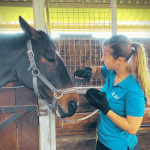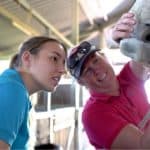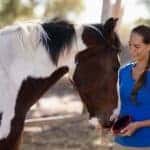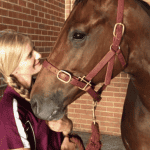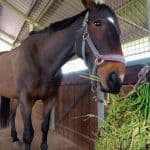Saddle Up for Success! Your First Horse Buying Guide
Buying a horse, whether it is your first, second or third mount, is a big decision and a long-term commitment.
It is essential to make sure the horse suits your needs and many characteristics should be considered when making this assessment.
While every aspect of a horse will influence your decision, the weighting applied to each element will be determined by the intended use of the horse.
Finding the right horse for your purpose when buying a horse
It is very unlikely you will ever find a textbook-perfect horse, so it is important that you spend time researching the activity you will mostly perform with your horse. This way, you can identify what characteristics are critical and which ‘faults’ you would be prepared to overlook.
- Conformation
- Action
- Breed and parentage
- Age and gender
- Behaviour and temperament
Start our Horse Care Fundamentals Course today!
Conformation
Conformation is the overall appearance of the horse and the arrangement of a horse’s bone structure, musculature and other body tissue. This arrangement has the potential to affect a horse’s soundness and ability to perform certain tasks. It is important to be able to assess if the horse is physically suitable for the job you would like it to perform.
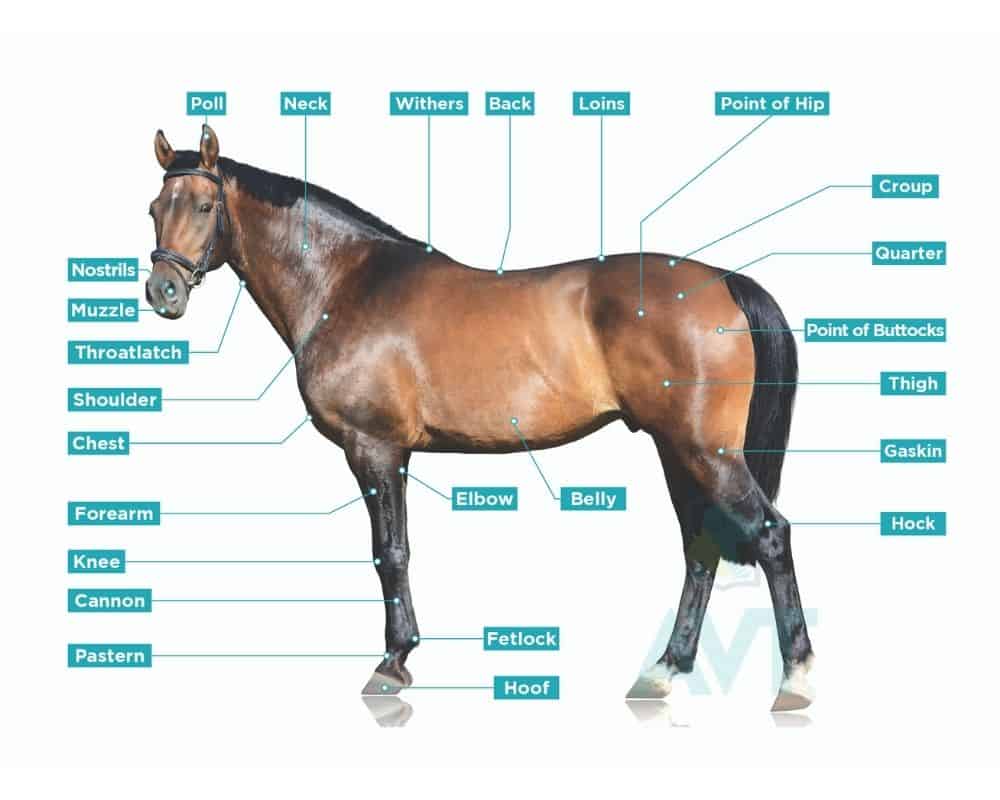
Physical attributes of a horse which should be checked include:
- Head and neck – The head should be of a size suited to the horse, traditionally the length being two-thirds of the length of the neck.
- Hooves – Horses’ feet must withstand a great deal of force so without a healthy hoof that is a good shape, a horse’s overall health and soundness can be compromised.
- Pasterns – Ideally the pastern should continue at the same angle as the hoof and its length should be proportionate.
- Cannon bones and knees – Below the knee is the cannon bone, which should be short and straight and large in circumference. The angle this bone sits in relation to the hoof will determine how the horse’s leg extends.
- Hind legs and hocks – The conformation of a horse’s hind legs and hocks play a very important role in how a horse moves and its soundness. When viewed from the side and from behind, there should be a straight line from the point of the buttock through the point of the hock down to the fetlock.
- Shoulders, chest and withers – Ideally, when a horse stands square they should have a shoulder angle that matches that of its pasterns. A good wide and deep chest allows for great stamina, endurance and lung capacity. The wither should be clearly defined and capable of holding a saddle.
- Back, loins and croup – The length of the horse’s back plays an important role in the type of stride a horse will have. The croup should be the same height as the withers, in a fully grown horse, so that it looks balanced.
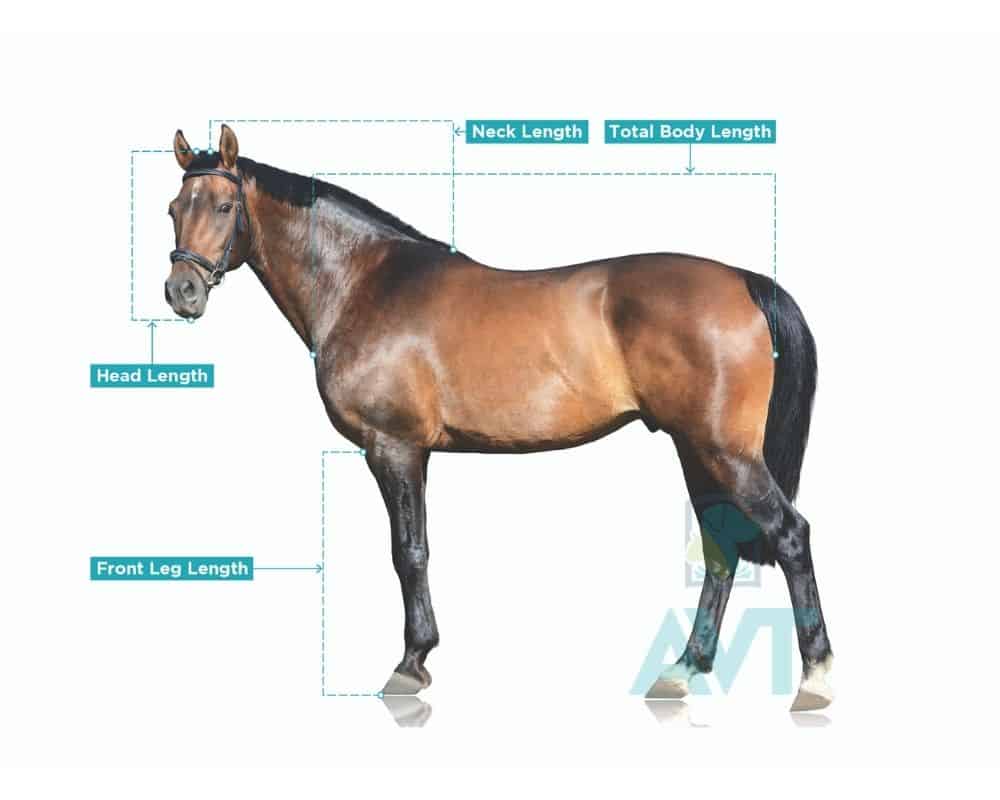
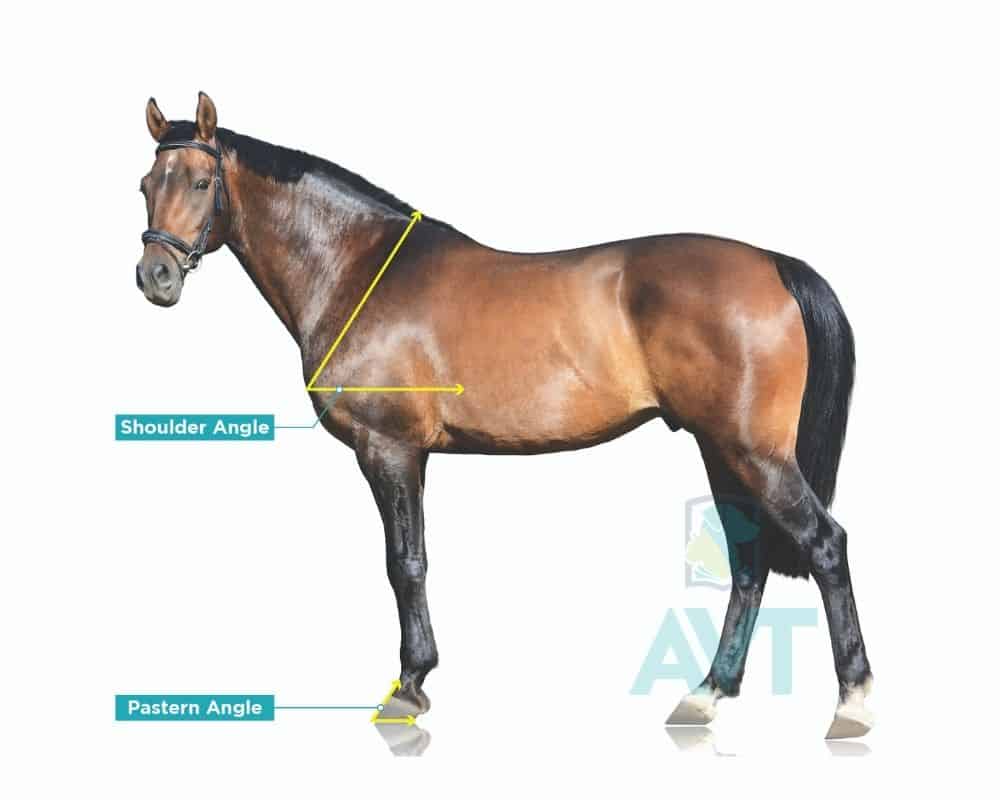
Action
The way a horse moves its legs is referred to as action and this can be a good indicator if the horse is suitable for your use. To be able to identify defective action in a horse, it is important to understand the normal movement of a horse at different gaits. A horse has four basic gaits; walk, trot, canter and gallop. These are considered natural gaits that most horses have, without any special training. Each of these gaits have a set rhythm and way of moving, with the horse’s legs moving in a consistent pattern at a steady speed. Once you are able to identify these gaits and what is normal for each, you can then look at this in the context of the intended use of the horse. You will then be able to determine if the horse’s gait is suited for the main activity to be carried out with your horse. Having a fresh set of eyes look over a horse you are considering for a specific purpose is always worthwhile. This may be a coach who knows what is required for your chosen discipline or a vet who is trained to identify gait issues.
Horse breed and parentage in Australia
While there are hundreds of different horse breeds in Australia, they are classed into four general types.
- Hot bloods (eg. Arab and Thoroughbred)
- Warm bloods (carriage and sport horses)
- Cold bloods (draught horses such as Clydesdales)
- Ponies (eg. Shetland and Welsh Mountain Pony)
Different breeds of horses have distinctive physical characteristics, including average height and size, temperament and conformation.
We know that general traits are passed from parents to offspring because horses tend to retain these characteristics regardless of the environments in which they live. The monetary value of a horse can often be influenced by its parentage.
If there is a proven history of the desired traits and characteristics being passed on to offspring, from either the stallion or the mare, this can influence how much a person is prepared to pay for a foal in the hope that those characteristics and abilities are replicated and can go some way to guaranteeing success in the owner’s chosen discipline.
It is important to remember that not all characteristics and athletic abilities will be passed from parent to offspring, as the environment in which a horse is kept can also have a significant effect on its athletic ability and temperament.
How to choose a horse breed for a beginner
When choosing a horse for a beginner, safety should always take precedence over breed considerations. While certain breeds may be known for their suitability for beginners, individual temperament and experience level are more critical factors. Additionally, it’s essential to consider the activities the beginner hopes to pursue with the horse. For example, a beginner interested in trail riding may require a different type of horse than someone interested in jumping or dressage. Matching the horse’s temperament and skill level to the rider’s goals and abilities is key to a successful partnership and enjoyable experience.
Recommendations from friends or trusted individuals who are knowledgeable about horses or ponies for sale, especially those with a known history and temperament, can be invaluable. They can provide valuable insights and help you find a horse that matches both your skill level and your intended activities.
Age and gender
The best age for a horse will depend on what you intend to use the horse for. Race horses begin their careers from as young as two years, while show jumpers, eventers, endurance and roping horses are rarely used heavily until they are older than the age of five. With good care, a horse can work well into their twenties.
While there is little scientific evidence that gender affects a horse’s ability to perform, the sex of a horse is often an important factor, particularly if you are a novice rider. Stallions have naturally strong herd instincts which can make them prone to aggressive behaviour, which means they are not very well suited to inexperienced riders or handlers.
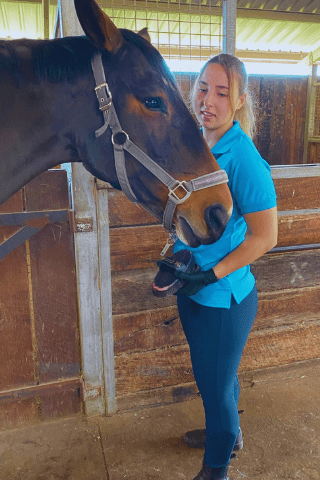
Behaviour and temperament
Behaviour and temperament are often seen as very important factors for selecting an equine companion and buying a horse. Just as we carefully choose our human friends, we also need to have a strong connection with our hooved partners. On the whole, horses tend to have a strong flight or fight response and can startle easily, though particular breeds are known for their easy-going nature. This means they may be more curious than frightened at the sight of someone or something unfamiliar.
Breed can play a part in temperament however, horses are all unique in personality. With eyes being the “window to the soul” for humans, the same can be said for horses, and the expression in their eyes can give you a good insight into their temperament. Another telling factor can be where they are currently agisted and how they interact with other animals and humans. Horses are social creatures and when they are not kept in an ideal environment, they tend to form bad habits which can affect their behaviour and temperament.
The final steps to buying a horse
Prior to investing time and money, it is worth having a prepurchase examination completed by an Equine Veterinarian.
What is a prepurchase exam (PPE)?
This exam helps establish a reference point of the horse’s health at a point in time. It is not a pass or fail and it is never the veterinarian’s job to tell you to buy the horse or not. Instead, it helps you decide if the horse fits your desired purpose. For example, if you are looking for a horse for low impact trail riding, but they flex up to their hocks during the PPE exam, this may not be a concern for you. However, it is likely to be a concern for someone looking to buy a horse for dressage or show jumping. Once you are happy with the results of a prepurchase exam, we also recommend requesting a two week trial period. This will allow you time to see if the horse matches both you and your needs.
Your journey as a horse owner begins
As you have read in our first horse buying guide, there’s a lot to consider and know before buying a horse. But don’t be daunted. Do your research, ask knowledgeable friends and industry experts such as riding instructors, trainers and Equine Veterinarians for their advice and you and your new equine partner will no doubt spend many years enjoying each other’s company. At AVT, we understand how important selecting the right horse for you is. Having the knowledge to purchase and skills to maintain a horse is key to successful horse ownership.
If you are starting out or just seeking more knowledge on horse care, make sure you check out our short course, Horse Care Fundamentals.
If you are a qualified veterinary nurse with a special interest in horses, you can also consider our Certificate in Equine Veterinary Nursing, the perfect way to gain new skills in the area of equine care.
Want more info on caring for horses? Be sure to read our article Horse Care 101: 7 Insightful Tips for New Horse Owners
There’s a lot to consider and know before purchasing your next horse, but don’t be daunted. Do your research, ask knowledgeable friends and industry experts.
Need the confidence to care for horses?
We have two fantastic online options. Our affordable short courses are written by our very own expert Trainers & Assessors and include AVT developed videos and theory to expand your knowledge.
If you are just starting out, our Horse Care Fundamentals Course is the best place to start.
If you are a Qualified Veterinary Nurse and would like the confidence and skills to work in the equine industry? Our Equine Veterinary Nursing Course is the perfect way to obtain foundation knowledge or upskill for your existing duties.
Learn The Basics
Horse Care Fundamentals
About Horse Care Fundamentals
Online Short Course
For Vet Nurses
Equine Veterinary Nursing
About Equine Vet Nursing
